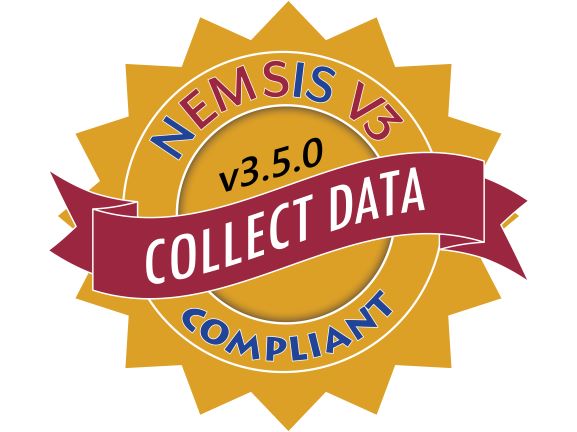EMS and Trauma Registries
 Welcome to the Emergency Medical Services and Trauma Registries (EMSTR). EMSTR includes four registries:
Welcome to the Emergency Medical Services and Trauma Registries (EMSTR). EMSTR includes four registries:
- The EMS Registry;
- The Acute Traumatic Injury Registry;
- The Traumatic Brain Injury Registry / Spinal Cord Injury Registry; and
- The Submersion Registry.
EMSTR is a statewide surveillance system collecting reportable event data from EMS providers, hospitals, justices of the peace, medical examiners, and rehabilitation facilities. Texas is home to one of the largest EMS registries in the U.S. with more than 4 million EMS runs received annually.
Data reporting requirements for the EMS and Trauma Registries
The EMS and Trauma Registries online portal
Governor’s EMS and Trauma Advisory Council
Important News and Updates
For All EMS and Hospital Users:
- On 7/1/2024, EMSTR closed the 2023 trauma dataset.
- On 8/1/2024, EMSTR closed the 2023 EMS dataset.
- In November 2023, EMSTR launched a new reporting platform. You must submit all patient records in accordance with the outlined EMS and Hospital data formats.
- The EMSTR program now receives the wristband data variable in the EMS and trauma datasets. The Texas Wristband Project will electronically link pre-hospital to hospital patient records throughout the continuum of care and resolve any extenuating circumstances with patient accountability during disaster-related incidents, mass casualties, and evacuations. All patients presenting with a Texas Wristband should have the number logged on their EMS and trauma patient records. For additional details on the Texas Wristband Project and acquisition, please visit your local Regional Advisory Council (RAC) webpage.
Please contact us at injury.web@dshs.texas.gov if you have questions or require further assistance.
New Resources on Pediatric Multisystem Trauma
The Emergency Medical Services for Children (EMSC) Program has curated a specialized Pediatric Education and Advocacy Kit (PEAK) on multisystem trauma to help emergency department and prehospital clinicians identify and manage children with multiple serious injuries. PEAK: Multisystem Trauma includes pediatric imaging guidelines, hemorrhagic shock management with massive transfusion protocol, podcasts, simulation resources, and more. All resources are free and open access.
Learn more and view the resource here.
The Texas Department of State Health Services does not endorse external links to other websites or documents created by other agencies. These links and documents are informational and may not be accessible to persons with disabilities.